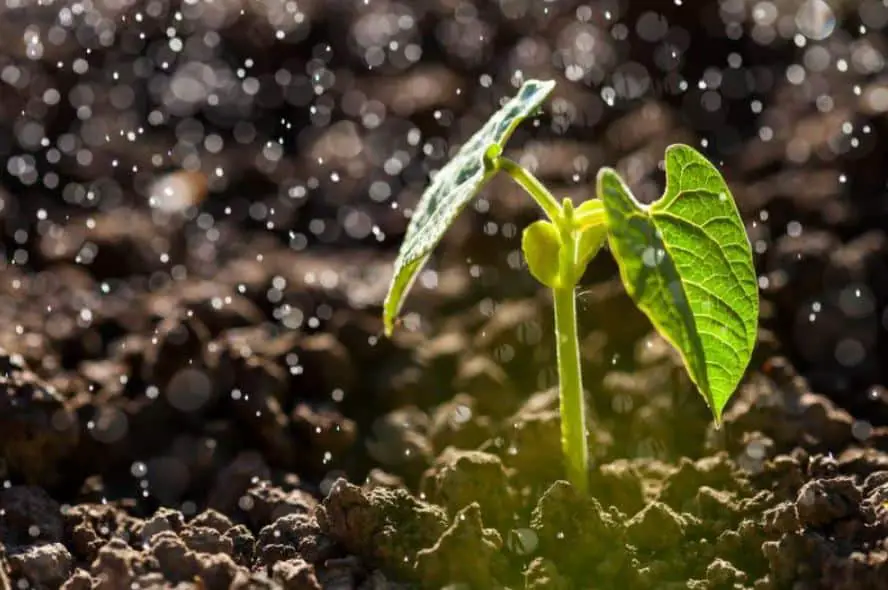Have you ever been tending to your garden when, for no apparent reason, you glance up and see the sky becoming darker? You are aware that it will rain, but how? The peculiar scent that precedes rainstorms may not have occurred to you, yet it caught your attention. Additionally, our ancestors’ capacity to smell rain was an evolutionary adaptation that allowed them to survive.

Creating a Term for the Rain’s Smell
Australian researchers devised a name for the scent of rain in 1964. The term petrichor combines the Greek words for stone and the ethereal fluid that flowed through the veins of the ancient Greek gods. Most individuals find this fragrance fairly pleasant, often describing it as woodsy or earthy.
The University of Arizona researched the Sonoran Desert, revealing that this pleasant perfume may have health advantages. Before, during, and after rain episodes, desert plants emitted 115 volatile chemicals, according to researcher Gary Nabhan.
Studies have shown 15 of these chemicals to be advantageous for people. Studies have shown that volatile chemicals in plants and soil benefit human health, improving sleep patterns and lowering depression. Furthermore, Nabhan’s research has validated what ancient Asians understood thousands of years ago.
The Japanese government first used the phrase “Shinrin-yoku” in 1982, and it was inspired by the ancient Shinto and Buddhist devotees’ practice of “forest bathing.” The Japanese government urged people to spend time in woodland regions to reduce stress and the prevalence of autoimmune disorders. Using all five senses, the traditional art of forest bathing entails bringing the forests into the body.
What is Petrichor?
Volatile oils and geosmin are the main components of petrichor, the scent of rain. Plants release aromatic oils to prevent seed germination until the rainy season. Actinobacteria that consume organic matter create the alcohol molecule geosmin.
The actinobacteria are inactive when there are dry periods. These microorganisms become active when the humidity increases, as often occurs just before a storm. Geosmin levels rise as a consequence.
Two MIT researchers found the mechanism for releasing these volatile plant oils and geosmin into the atmosphere within the past ten years. Cullen R. Buie and Youngsoo Joung conducted numerous tests on various surfaces and soils.
The researchers used high-speed cameras to capture the moments when raindrops strike a porous surface on video. Raindrops flatten down when they contact a surface. At the same moment, small bubbles develop and ascend to the raindrop’s surface. According to photographic evidence, these bubbles disperse particles into the atmosphere. The volatile plant oils and geosmin present in these aerosols are considered the source of the petrichor odor.
Factors That Affect the Release of Petrichor
Buie and Joung conducted several studies in which they found that the quantity of volatiles released depends on the speed of the raindrop and the permeability of the surface it touches. The largest aerosol bursts are produced when light to moderate rain falls on dry, sandy soils.
Then, gusts of wind chasing the rain spread these volatile substances. You need a few parts per trillion of geosmin to identify this fragrance molecule and know that rain is coming as a busy gardener toiling away in your vegetable or flower areas.
Modern humans’ capacity to detect such minute amounts of geosmin is probably a result of our evolution. The rain produced greater plant growth and abundant prey animals for our hunting and gathering ancestors. Early people who could sense rain had a far higher chance of surviving and passing this skill on to their progeny.
So be sure to walk outdoors the next time it rains and take a deep breath of petrichor. It not only smells wonderful, but it also improves your mood. But you’d best move quickly. After a rain shower, the pleasant aroma usually only remains briefly.


